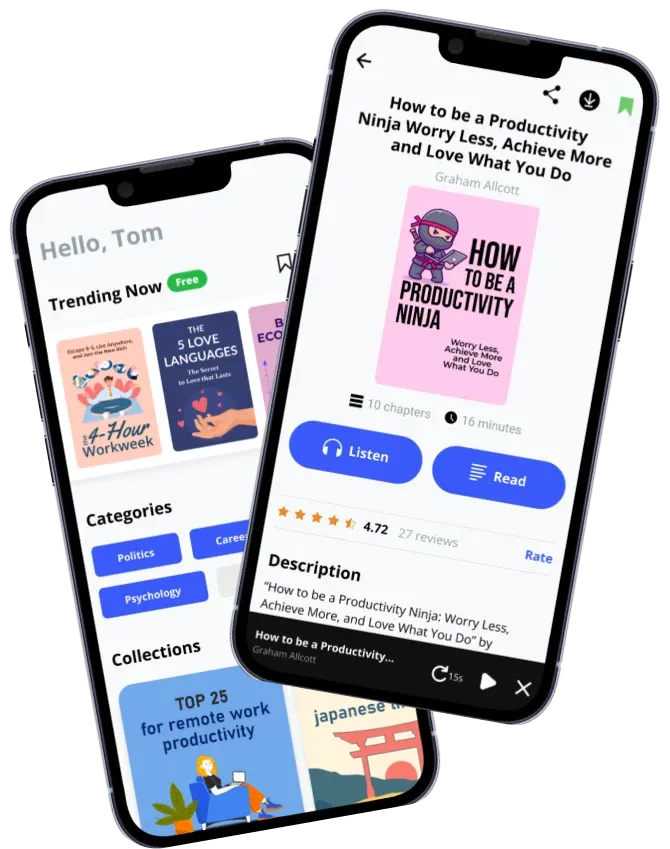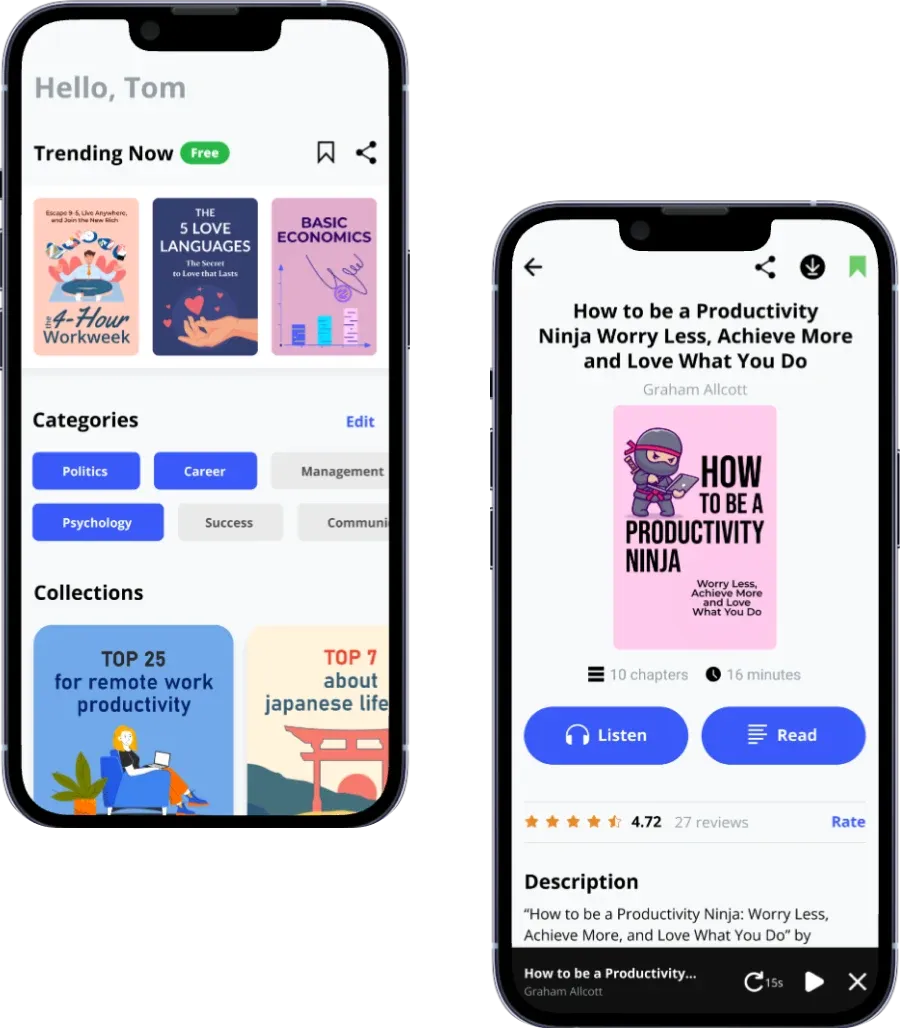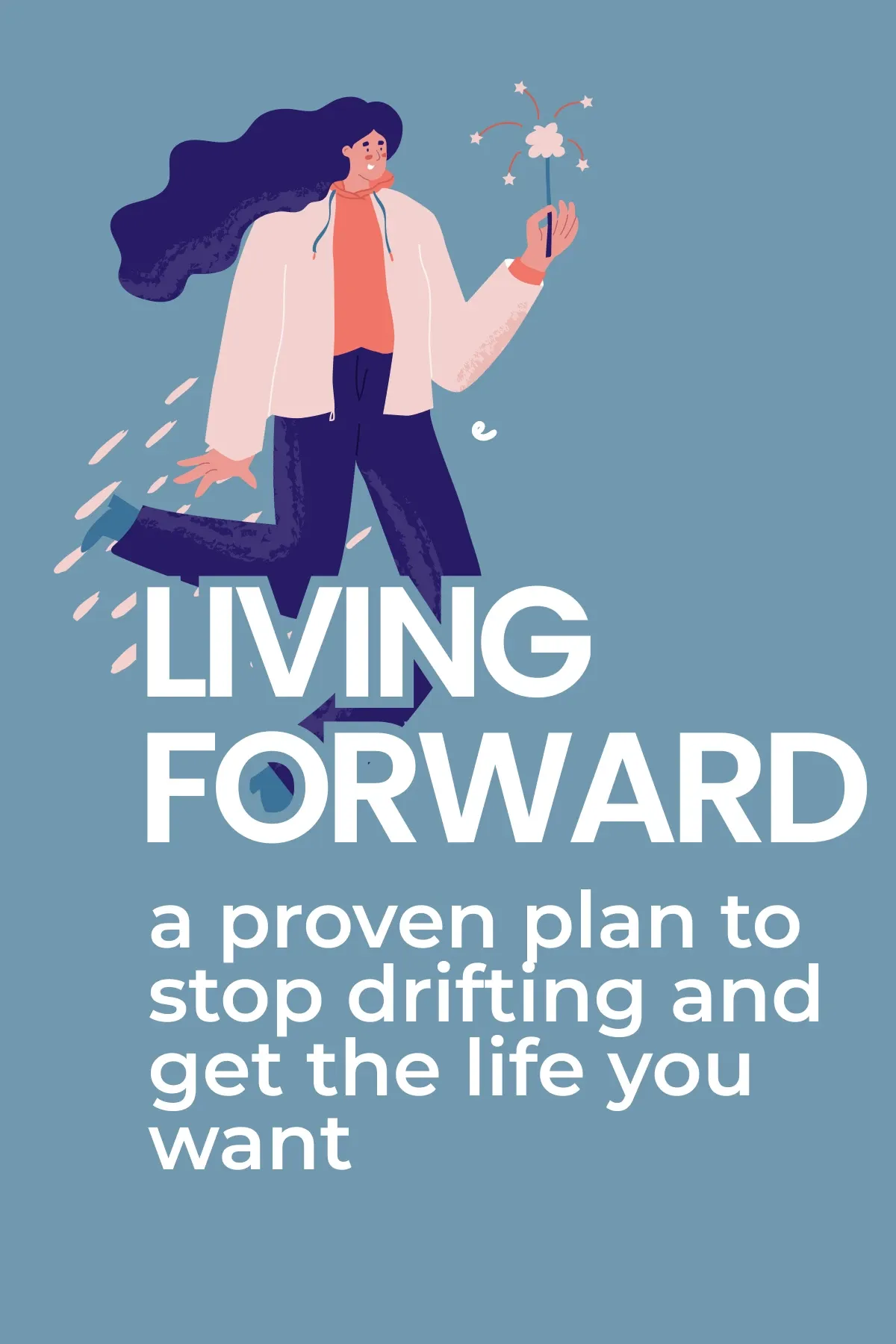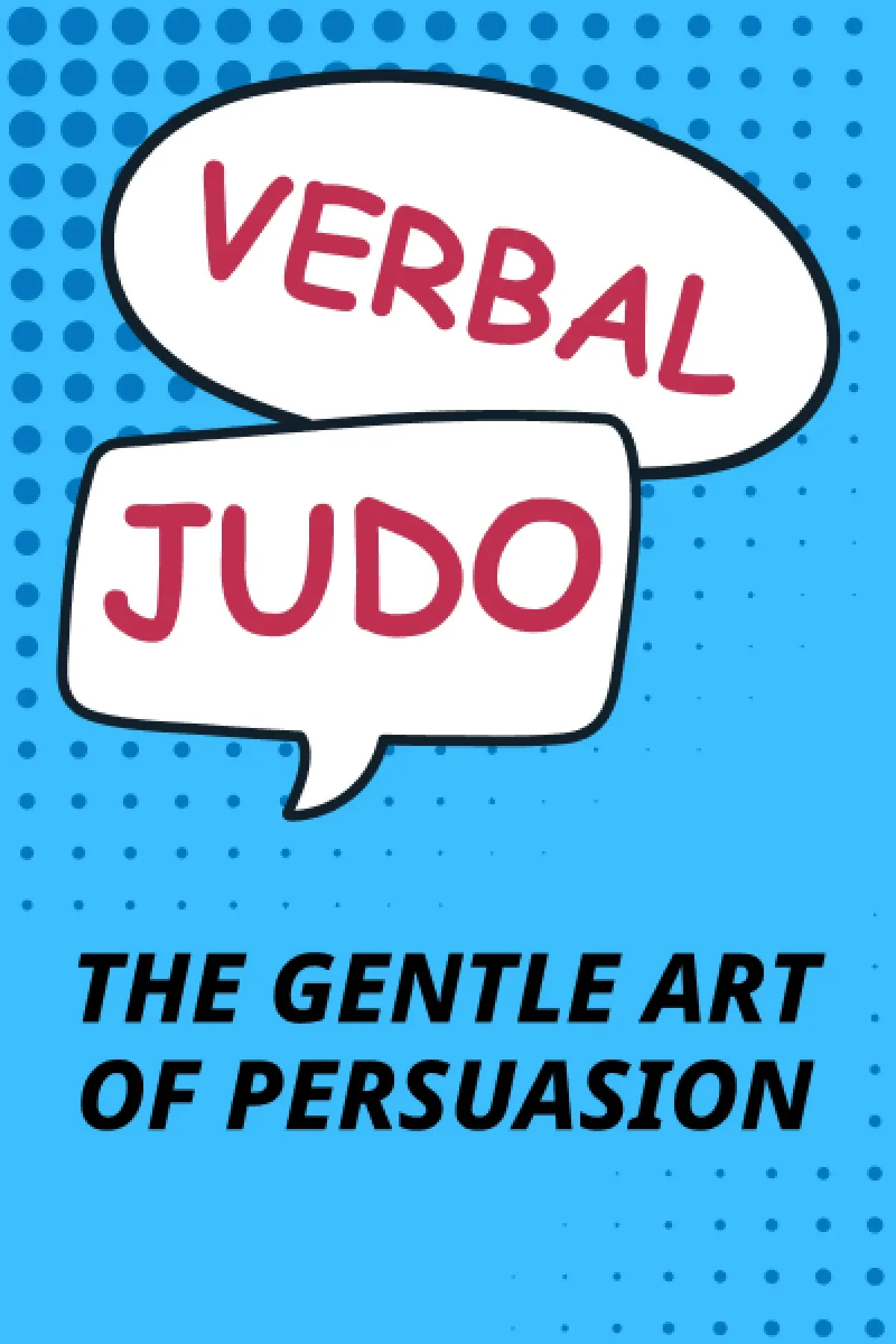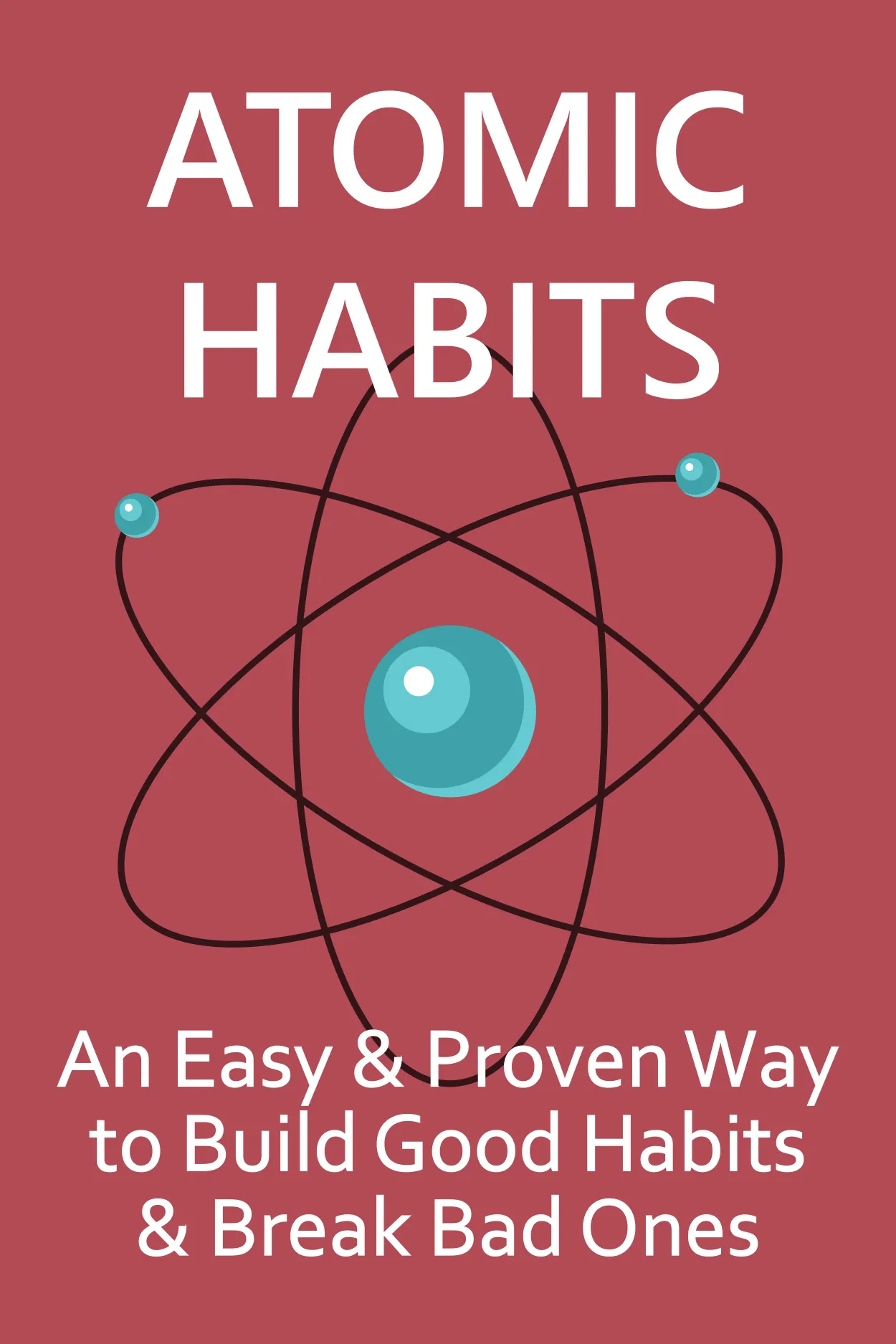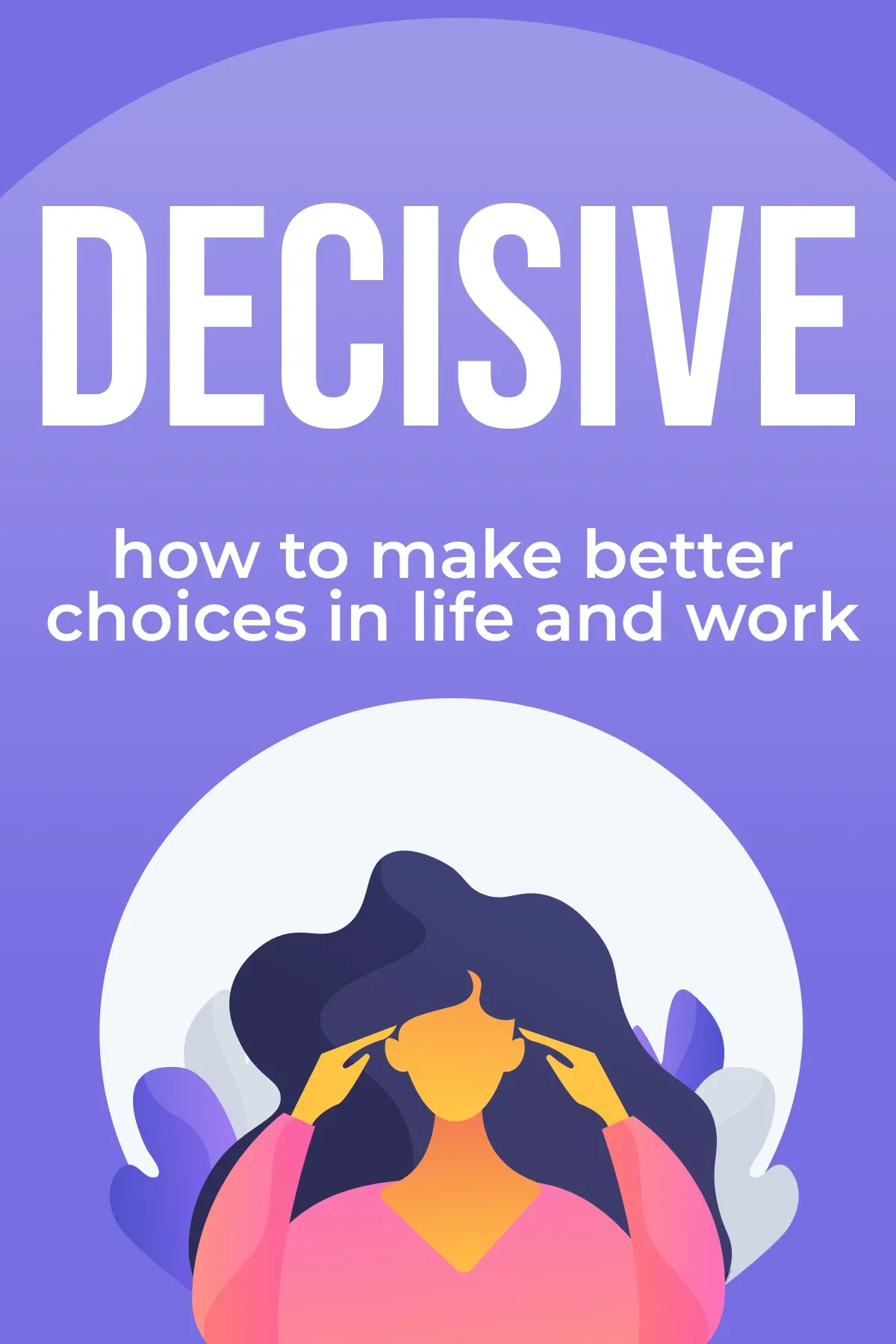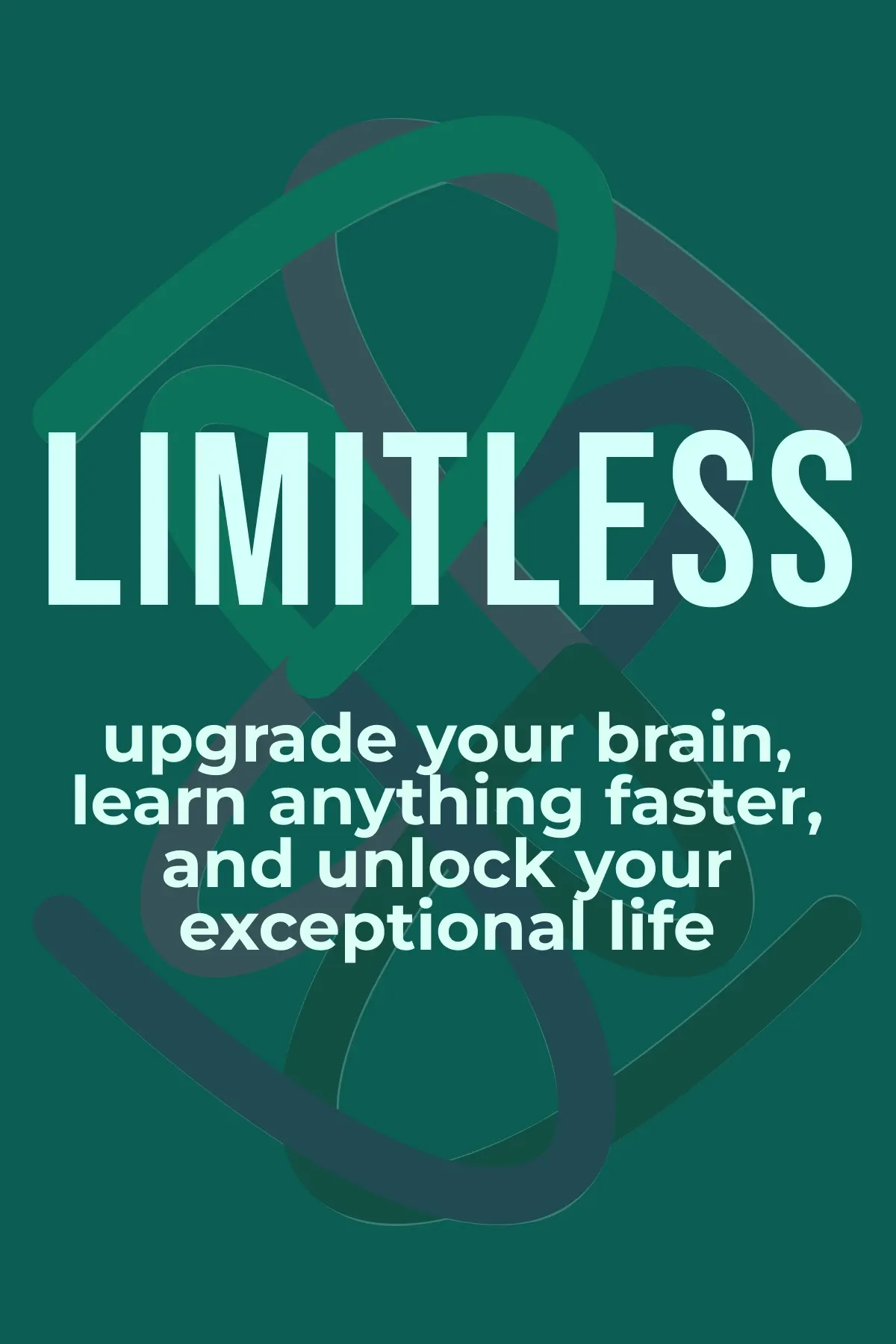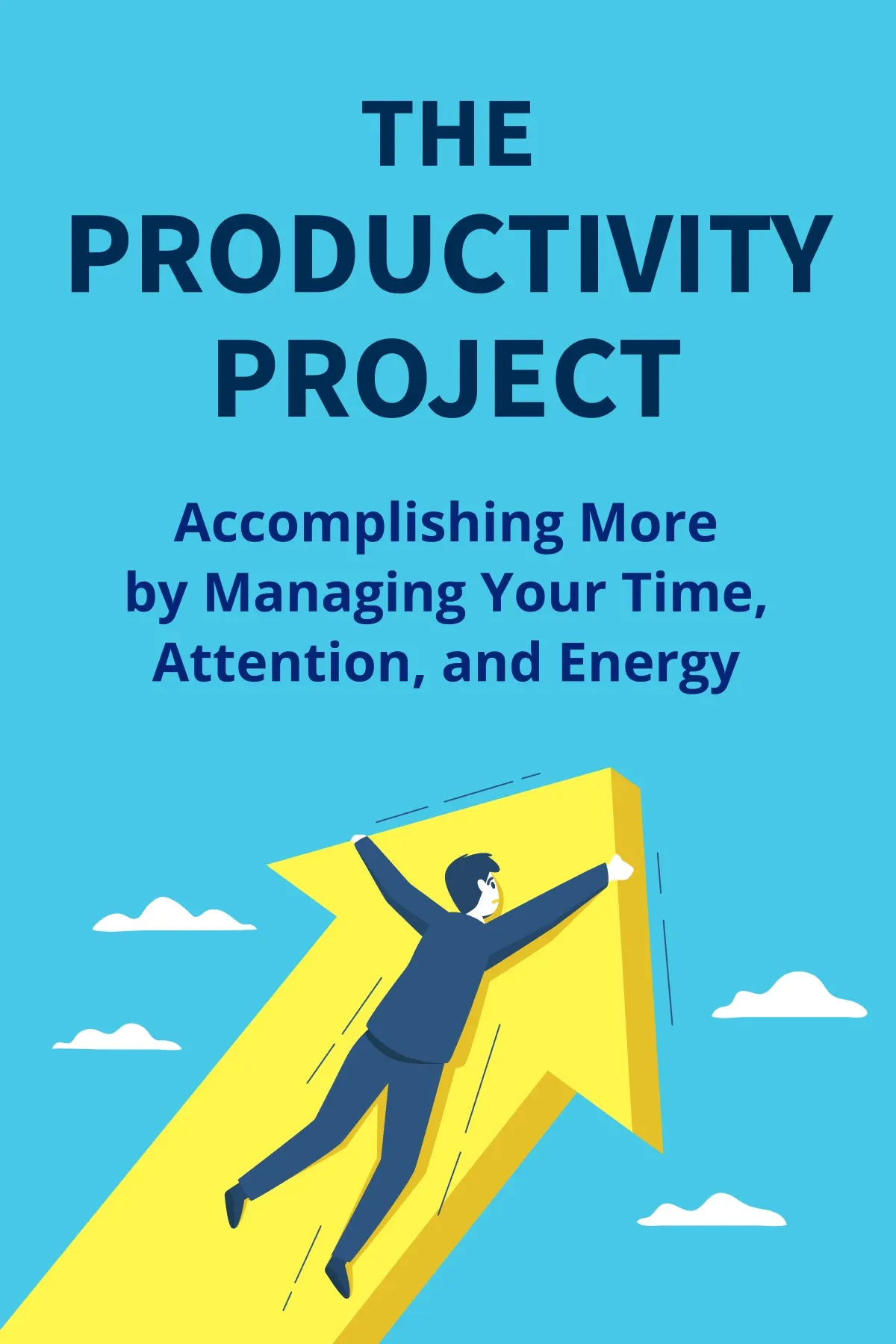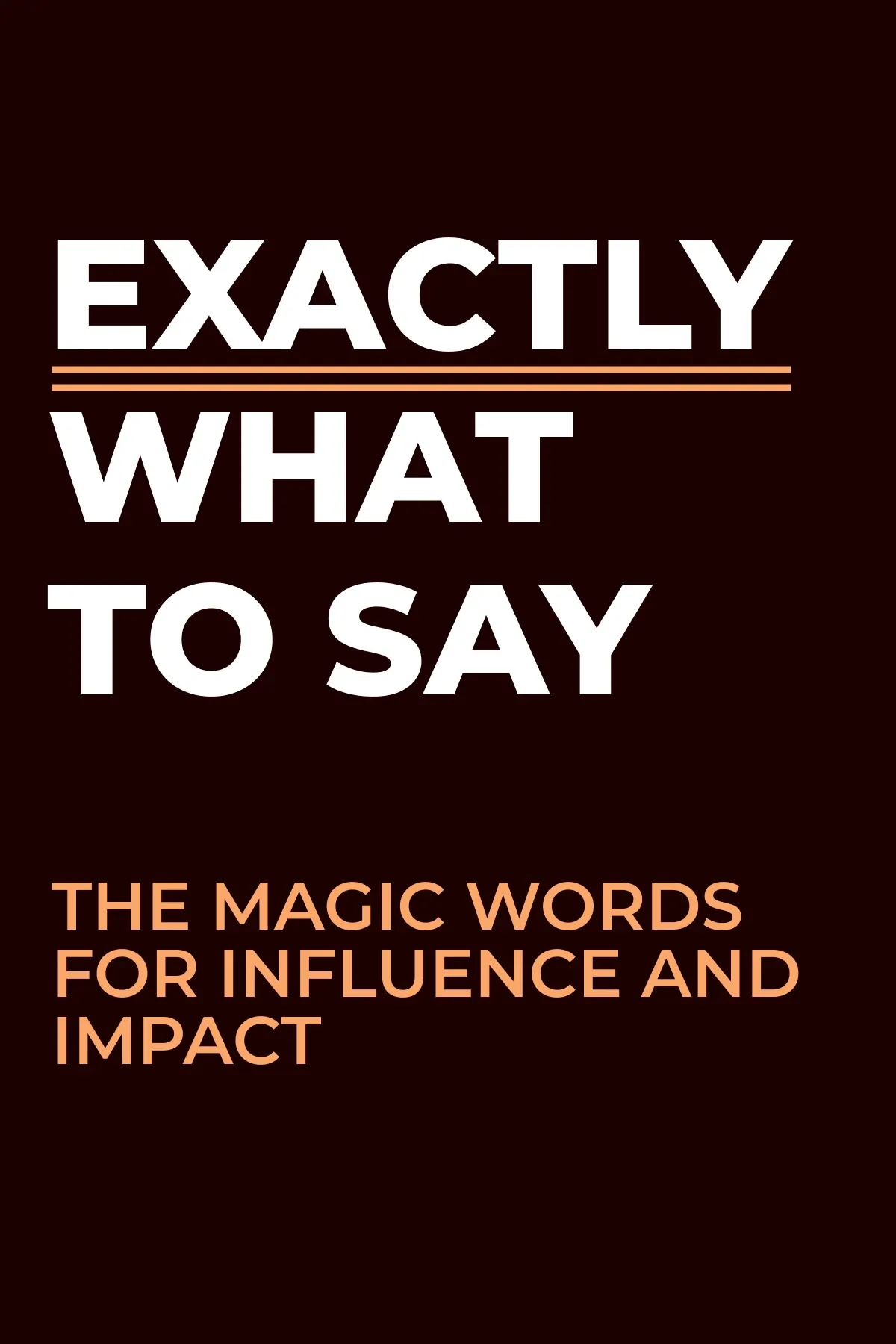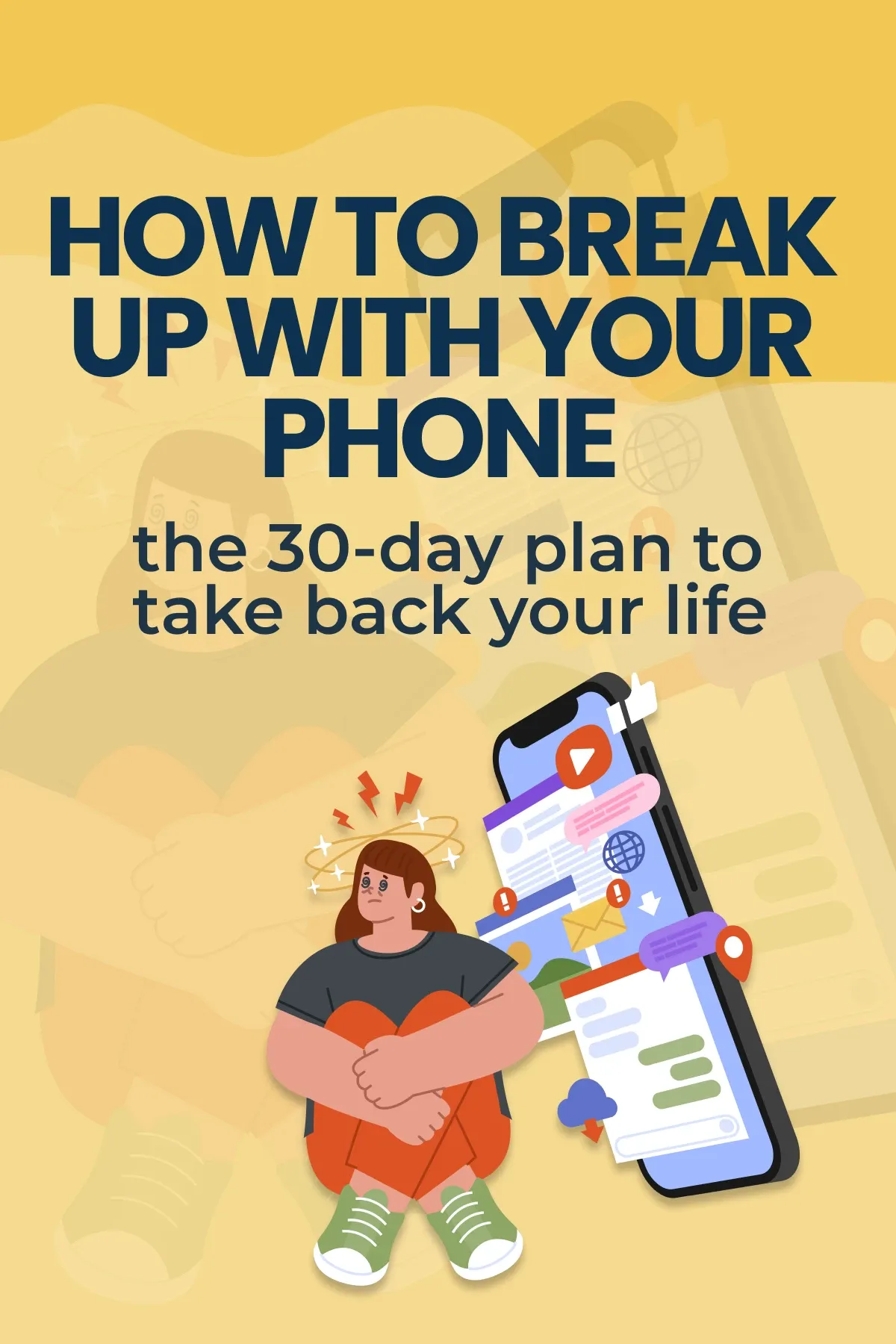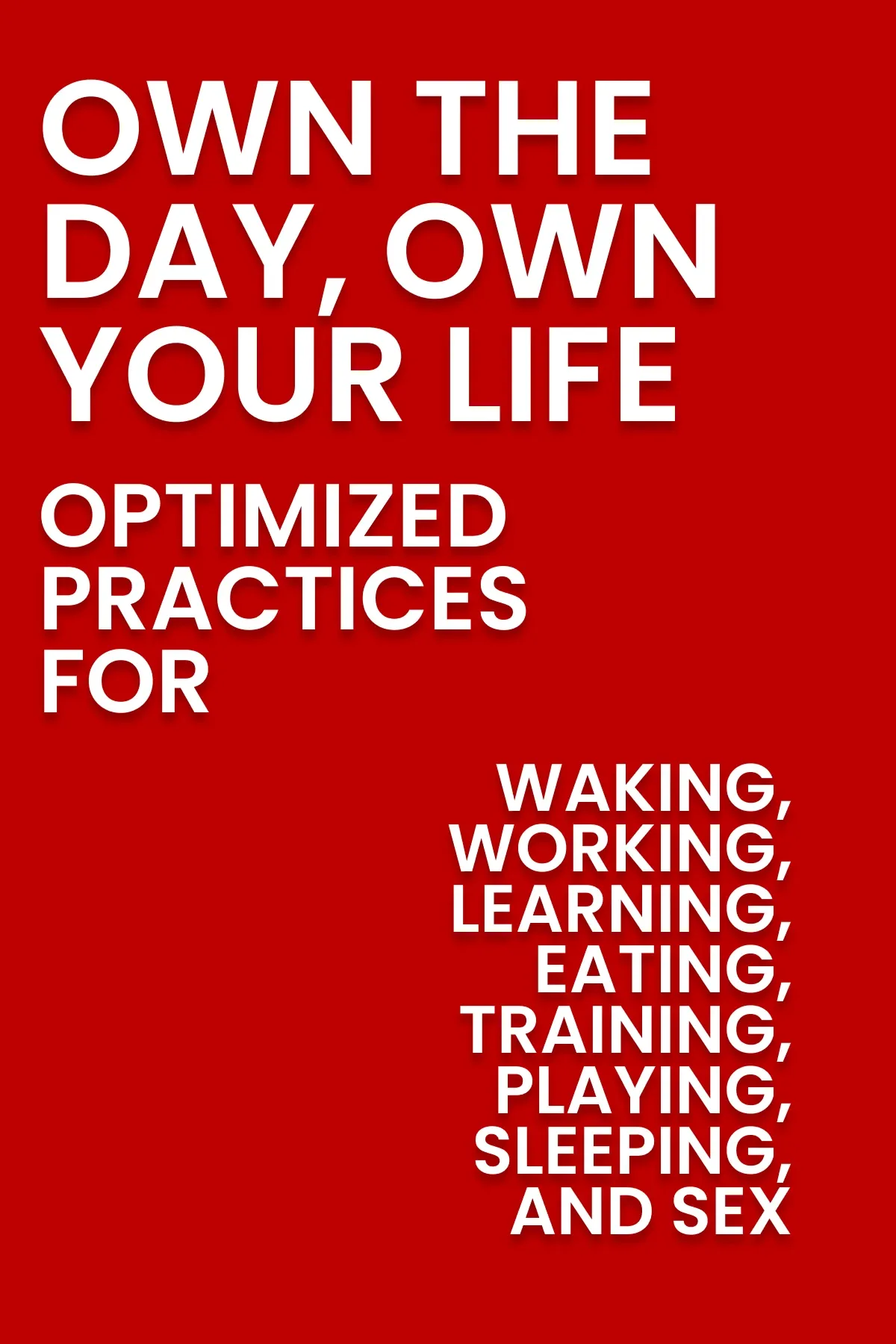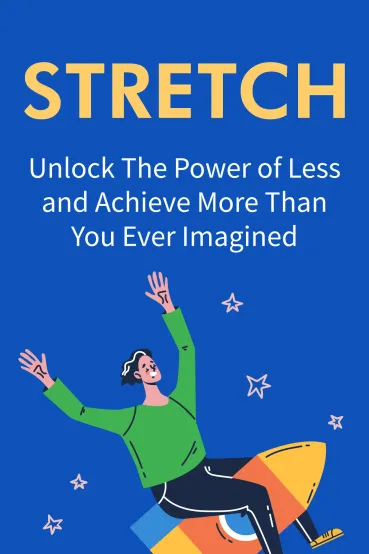
Stretch
Brief Summary
The majority of us believe that success and happiness are directly related to the amount of resources we possess. However, what if the constant pursuit of higher positions, more money, time, and assets turns out to be in vain? Scott Sonenshein’s book “Stretch” will teach you how to succeed by making the most of what you already have.
Key points
Key idea 1 of 7
If we want to achieve optimal results with limited resources, we need to understand such concepts as chasing and stretching. The former is the continuous search for something new. The latter is the art of squeezing the most out of what is available. Let's look at these approaches in more detail.
When people prefer to chase, they are guided by the belief that accumulating more resources is the key to success. This path often leads to dissatisfaction and inefficiency as the focus shifts from use to accumulation. Consequently, people only gather resources but do not find ways to use them effectively, leaving significant potential unrealized. There are numerous companies that constantly invest in new technologies without integrating them into the existing structure. This leads to inefficient budget management and wasted efforts.
At the same time, companies that use stretching achieve significant results and often see the emergence of non-standard and highly effective solutions. It is a more strategic approach that prioritizes creativity, innovation, and flexibility. Instead of increasing human or monetary resources, stretchers focus on getting the most out of what they have. Ultimately, the difference is not in the cost of resources but in the mindset. Stretchers are guided by creative thinking, while pursuers come from a position of scarcity.
From a psychological point of view, a stretching mindset helps to develop a sense of confidence and entrepreneurship. Thus, people stop perceiving limitations as obstacles and begin to see them as potential for development. This significantly reduces stress levels and increases self-esteem, as they feel they can achieve their goals even with limited resources.
Another practical benefit of stretching is that it serves as a powerful catalyst for developing creativity. Limited resources force people and organizations to look for unconventional approaches to solving problems, which often leads to breakthrough innovations.
The Indian model of innovation called Jugaad can serve as a proof of this. The lack of resources has prompted Indian companies and entrepreneurs to find creative, cost-effective solutions using optimized technologies and low-cost materials. Tata Nano is a prime example of this approach, as it was designed to be an affordable vehicle that meets the basic needs of users.
Overall, recognizing that constraints can be an incentive for creativity allows organizations to save money and develop a culture of continuous improvement.
You may also like these summaries
